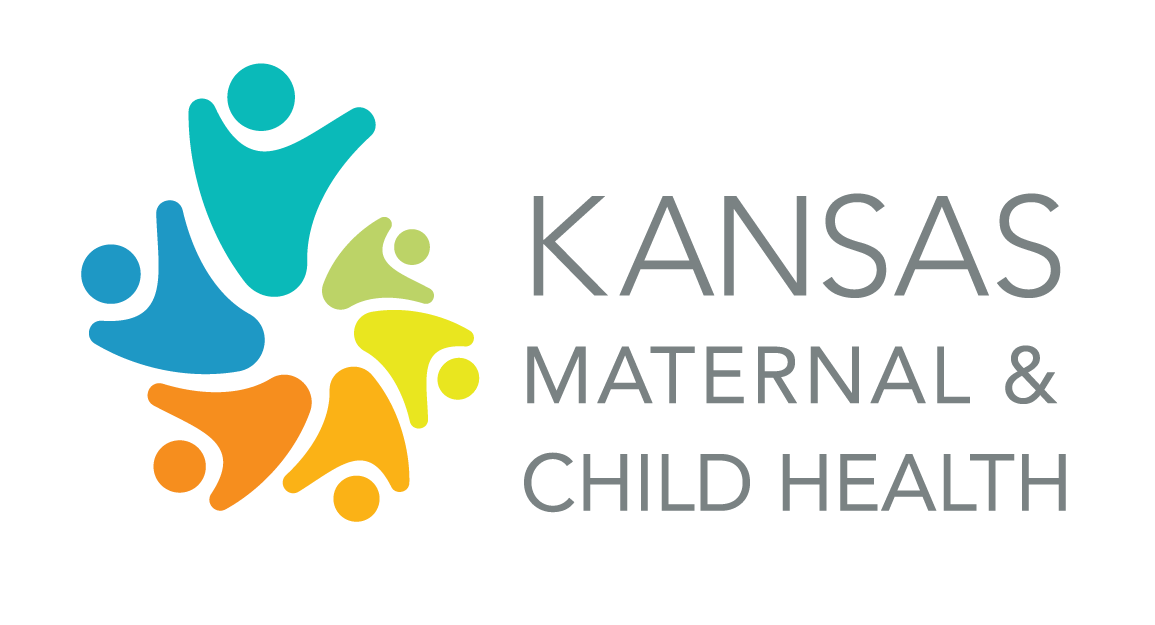Engaging for Input, Feedback, or Buy-In

About this Toolkit
Many programs use this level of engagement to assure they are providing what their families or consumers want and need. This can help you know the services will be utilized by the population they are intended for. Additionally, this can provide ideas for improvement and develop better marketing strategies.
Seeking input or feedback is the most common, and often easiest, way to engage families. In practice, this often looks like a survey, either to identify needs or satisfaction for services received. This can also include community meetings, focus groups, or interviews of a select population among those served, and often does not require a lot of preparation or follow-up on the part of the family/consumer. Engaging in this way is important to show you care and are willing to listen to those you serve.
This type of engagement is the foundation for partnership; each subsequent “level” of engagement builds upon this foundation, supporting purposeful, meaningful, and mutually beneficial partnerships with those served.
The Benefits to Asking for Input
Asking for input provides an opportunity for you to build trust with and loyalty among those you serve. The benefits are widespread and impact everyone.

Agency/Program
- Increases agency’s effectiveness and rapport with consumers
- Increases staff satisfaction to know they are meeting the needs of consumers
- Helps determine training needs/supports
Families/Consumers
- Assured their voice matters and feel heard by seeing input turned to action
- Provides opportunities for them to have an active role in programs they value
- Positive influence/impact in their community
Strategies for Obtaining Input
There are various strategies that fall into this level of engagement. While there are differences, they do all have some simplicity to them and all focus on asking questions to gain a better understanding or clarity around something. Would this be helpful to you? What can we do to be helpful to you? Is there a better way to reach more individuals in the community?
- Survey: A set of questions designed to gather information about what most people do or think about something (often paper, phone, electronic)
- TIP: : Have surveys available in various formats and utilize QR codes on printed and electronic communication for easy access.
- TIP: : To increase return rates, provide the survey at the time of the service or during the visit, give time for them to complete it onsite and place in a secure location before they leave.
- Focus Groups: A small group of people whose response to something is studied to determine the response that can be expected from a larger population (often in person or virtual groups, sometimes referred to as “Coffee Chats” or “Parent Cafes”)
- Interviews: Discussions with one person at a time to get information (often by phone or virtual meeting)
It's also Important to avoid “tokenism,” such as inviting families or consumers to prevent criticism, at the end of the process, or for optics or appearances. Not engaging at the beginning or throughout the process can send the message that engaging those with lived experiences was an afterthought, or can be perceived that their perspective or experiences do not matter. Families shared this is often how they feel when engaged simply to meet a grant requirement and that It feels as though they are only there to “check a box” and not really as a partner.
Tips for Meaningful Engagement
The following can help families and consumers feel heard, seen, and valued. This creates a meaningful engagement experience and increases the likelihood for future partnership.
Show you value their time
- Let them know, from the beginning, what to expect (e.g., time commitment, length of survey, scheduled time for activity)
- Offer times that are convenient for them, even if it is not ideal for you (e.g., offer flexible times, multiple opportunities)
- Compensate for their time (e.g., gift cards, survey completion incentives, stipends, travel reimbursement, child care, food)
- Take time to prepare or support their engagement (e.g., explain the process, define or describe acronyms used, offer contact information for more questions)
Be transparent throughout the process and close the loop after the input is received.
- Tell them why you are asking for input (e.g., identify gaps, determine service effectiveness, prepare for changes)
- Describe what kind of buy-in you are seeking (e.g., information only, ongoing discussion, advocacy support)
- Share what you plan to do with the information you collect (e.g., project timelines, how they will know the outcome, communication plans)
- Follow-up to share the outcomes of their input (e.g., public comment/review periods, follow-up meetings)
- Share the results of what you received (e.g., email blasts, newsletter, letter to clients, public notices)
Be authentic and open to a wide variety of experiences.
- Be open and welcoming to help them feel comfortable
- Avoid always asking the same people for input (e.g., only advisory boards/council members, families who also serve as a professional in the field)
- Assure families or consumers do the majority of the talking
- Identify and seek out voices that are underrepresented

Summary
Being intentional in your engagement efforts, taking the time to plan out what you want to do, engaging families and consumers early on, and being communicative throughout the process are important for meaningful and authentic family and consumer engagement and helps families know their time and efforts are valued and not a waste of their time.

